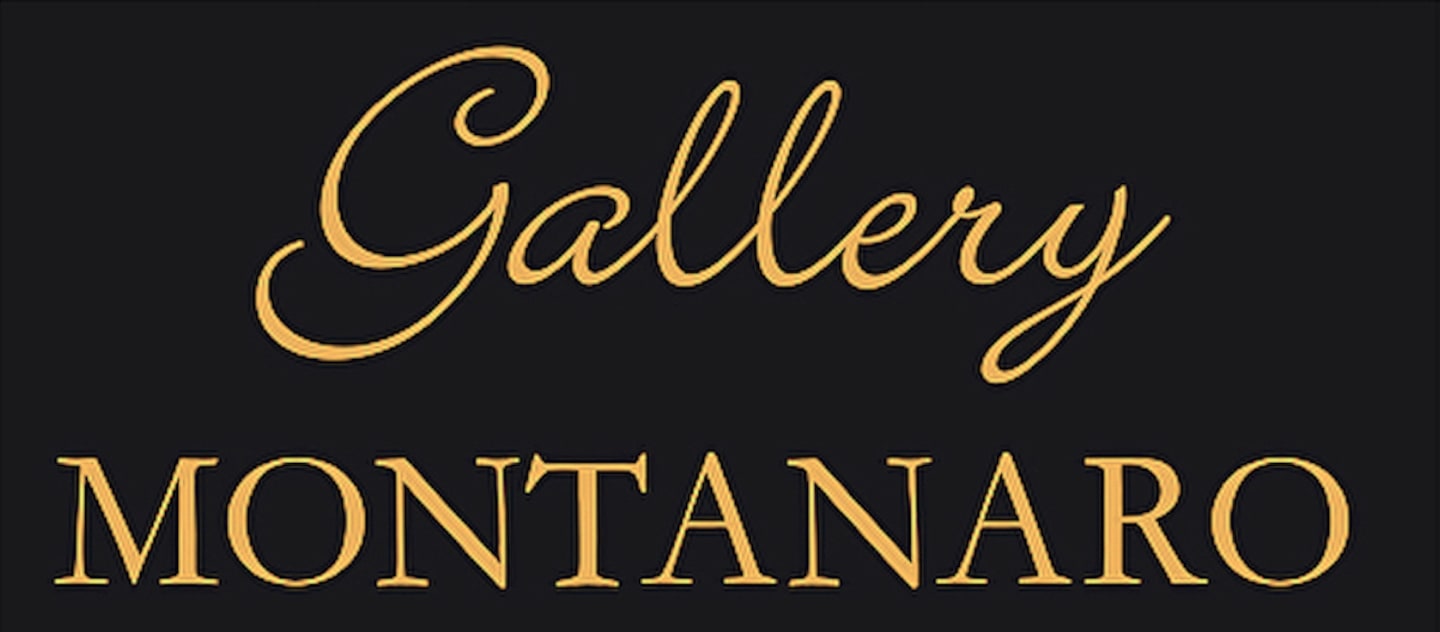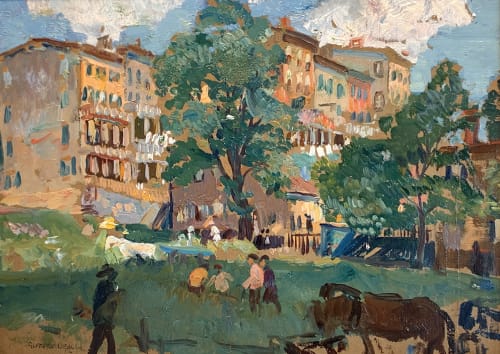Gifford Beal (1879-1956)
Born in New York, Beal began formal art training at the age of 12 under the acclaimed American Impressionist William Merritt Chase, both in New York City and at Chase's Shinnecock Hills Summer School on Long Island. He continued studying with Chase while attending Princeton University, and later trained at the Art Students League of New York, where he learned from Frank Vincent DuMond and Henry Ward Ranger. Beal eventually became President of the League, serving a record 14-year term from 1913 to 1929.
Beal's artistic range was broad. His best-known works include dynamic scenes of circus performers, holiday parades, hunting scenes, and urban crowds. He also painted landscapes of the Caribbean Islands, the Hudson River Valley, and coastal Massachusetts, especially Gloucester and Rockport, where he spent summers starting in 1923.
A prolific and nationally recognized artist, Beal won major awards including the Hallgarten Prize (1910), the Clark Prize (1913), the Altman Prize (1931), and the Saltus Medal (1948). He was elected a full member of the National Academy of Design in 1914 and exhibited regularly at the Pennsylvania Academy of the Fine Arts, the Art Institute of Chicago, the Worcester Art Museum, the Boston Art Club, and the Newport Art Association.
Beal was also an active member of the American Water Color Society and the Century Association. Today, his paintings can be found in major collections including the Metropolitan Museum of Art, the Art Institute of Chicago, the Los Angeles County Museum of Art (LACMA), and the Florence Griswold Museum in Old Lyme, Connecticut.


